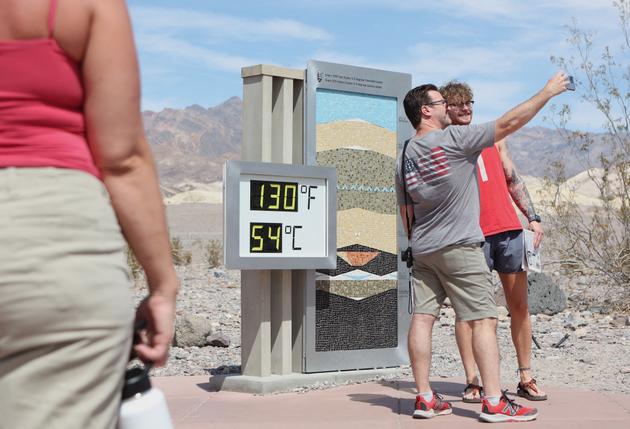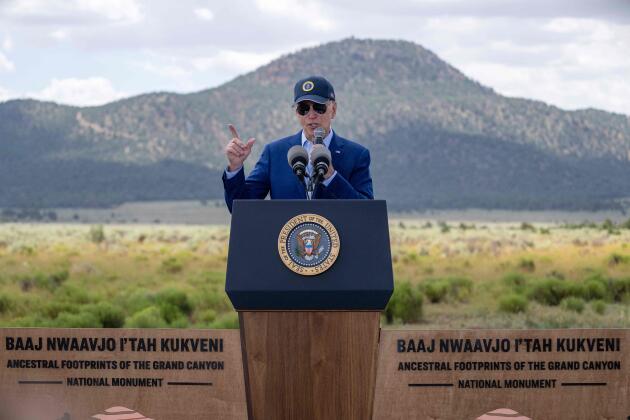


How America's vulnerable national parks are coping with climate change
FeatureFrom Yellowstone to Mojave and Everglades, America's natural sanctuaries are located in areas particularly hard hit by environmental changes, and must adapt accordingly.
In mid-July, visitors who ventured into the Death Desert in California's Death Valley, 86 meters below sea level, were photographed in front of a thermometer reading 133 °F, or 56 °C. Impressive, but it was still below the world record temperature of 134.1 °F set here in 1913. This summer, while the southern United States was roasting in the heat, nature was going wild: in Death Valley, of course, but also in California's Mojave Desert Reserve, home to the famous Joshua trees, which fell prey to flames, and at the Mendenhall Glacier, near Juneau, Alaska's capital, which melted, releasing tons of water and washing away homes. The sanctuaries represented by America's national parks, where at least seven people died of heatstroke this summer, are being hit by the effects of climate change.

Selected for the natural gems they contain, these parks are fragile and particularly hard hit, as they are located in Alaska and mountainous areas (Yellowstone, Grand Teton, Glacier, Yosemite, etc.), where the heat rises more quickly, but also in the deserts of the Southwest, such as the Grand Canyon, where rainfall is rarer than elsewhere.
The country is aware of this. "America's natural wonders are our nation's heart and soul," said Joe Biden on August 8 in Arizona on the outskirts of the Grand Canyon, announcing additional protection for lands occupied by Native Americans. "Preserving these lands is good, not only for Arizona but for the planet. It's good for the economy. It's good for the soul of the nation (...) But there is more work ahead to combat the existential threat of climate change. You know, we've seen historic floods, more intense droughts, wildfires spreading smoky haze, which you could – I could sense today – thousands of miles," continued the US president, who touted his climate action and announced a $44 million aid package to help parks adapt.

For example, it cost $25 million to hastily redevelop an old mountainside road to replace the canyon route that provided access to Yellowstone Park from Montana, which was washed away by torrential flooding in June 2022. In recent years, climate change has made itself felt above all through excessive precipitation, which also prevented access to the park in February 2023, as the snow was so heavy: The park was drowned, like the rest of the American West, by an atmospheric river.
'More negative than positive effects'
Like all national parks, Yellowstone has a plan for adapting to climate change, made up of pragmatism in a world of immense uncertainty. Ann Rodman, who is in charge of this planning, began by mentioning what is certain: "Less snow, snow that melts faster and rivers that flood earlier but whose flow dries up faster." As a result, rivers are warming up, which will harm native fish accustomed to cold waters. The first simple response: reduce fishing. This example illustrates the empiricism of the parks, faced with the rapid evolution of the nature reserves they protect. But, as they report to the US Department of the Interior (DOI), the subject of climate change has had to be treated with a pinch of salt under Donald Trump's climate-skeptic administration.
You have 69.26% of this article left to read. The rest is for subscribers only.
